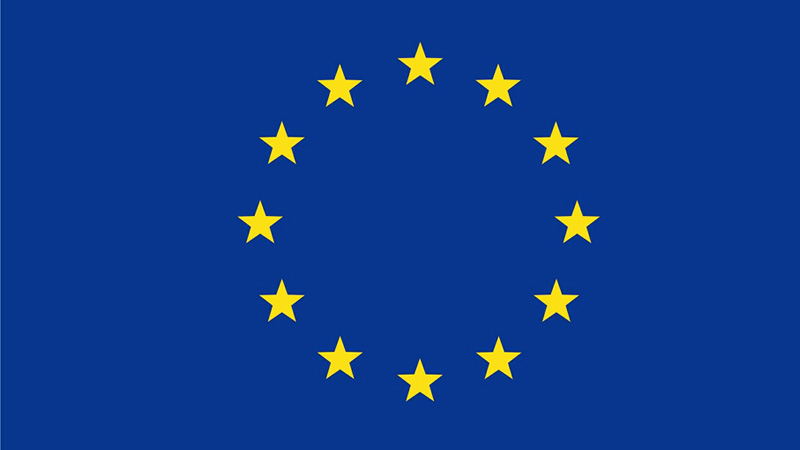The EEA’s new country profiles on urban waste water treatment present the latest data from all 27 EU Member States and Iceland and Norway on the implementation of the EU Urban Waste Water Treatment Directive.
The country profiles contain interactive maps with waste water treatment plants across Europe. Each profile also shows data on the country’s progress towards waste water treatment targets, protection of sensitive water systems, use of waste water sludge, and greenhouse gas emissions from the waste water treatment sector.
The data show that waste water collection and treatment are improving across Europe. Across the whole EU, about 90% of urban waste waters are collected and treated in accordance with the EU Waste Water Treatment Directive.
Based on the country profiles, four countries – Austria, Germany, Luxembourg, and the Netherlands – treat 100% of their urban waste water in compliance with the Directive’s requirements, while 10 additional countries have reached more than 90% compliance rate. At the other end of the scale are five countries – Ireland, Bulgaria, Romania, Hungary and Malta – that comply in less than half of their urban areas according to the same standards.










